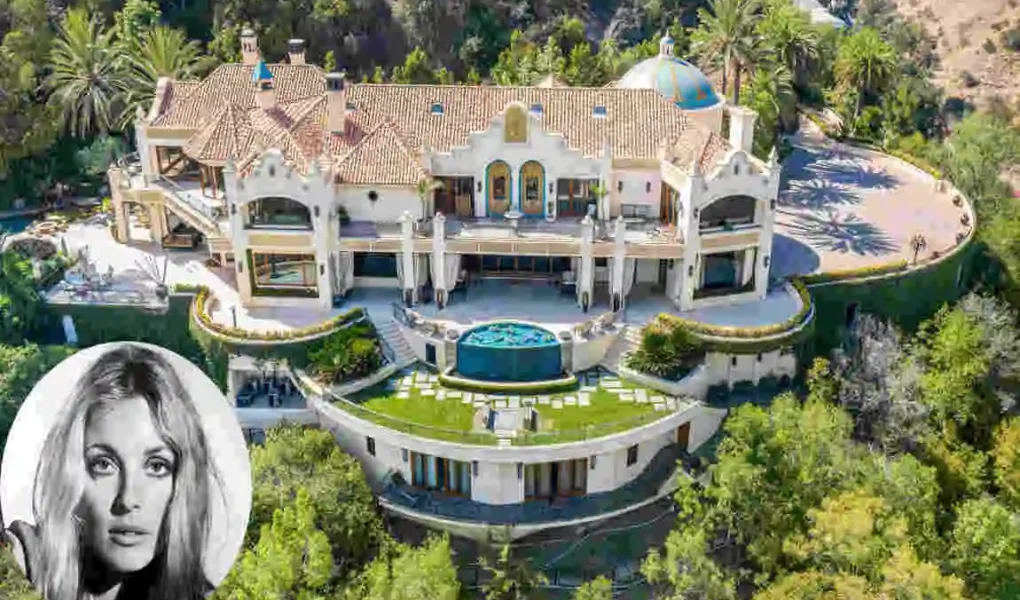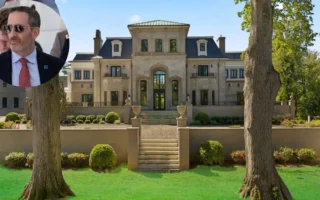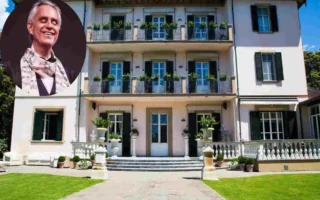Have you ever wondered about the fate of homes touched by tragedy? Sharon Tate’s former residence stands as one of Hollywood’s most haunting addresses, forever marked by the terrible events of August 1969. This beautiful actress, whose life was cut tragically short, left behind not just a legacy in film but also a property that continues to captivate the public imagination decades later.
The curiosity surrounding this infamous address never seems to fade. People from all walks of life find themselves drawn to the story, asking questions about what became of the place where such darkness once descended. If you’re wondering who lives in Sharon Tate’s house now, this article uncovers the current owner and the fascinating journey this property has taken through the years.
You might be surprised to learn that the modern house no longer exists in its former state. The property has undergone dramatic transformations, changing hands multiple times and evolving into something entirely different from what it once was. Each new chapter in the house’s story adds another layer to its complex history.
Throughout this article, we’ll explore the complete timeline of ownership —from the glamorous days when Sharon and her husband, Roman Polanski, called it home, through the difficult years that followed, to the present day. You’ll discover how successive owners have addressed the property’s dark legacy and what the current state of the address reveals about moving forward from tragedy.
The Original House at 10050 Cielo Drive
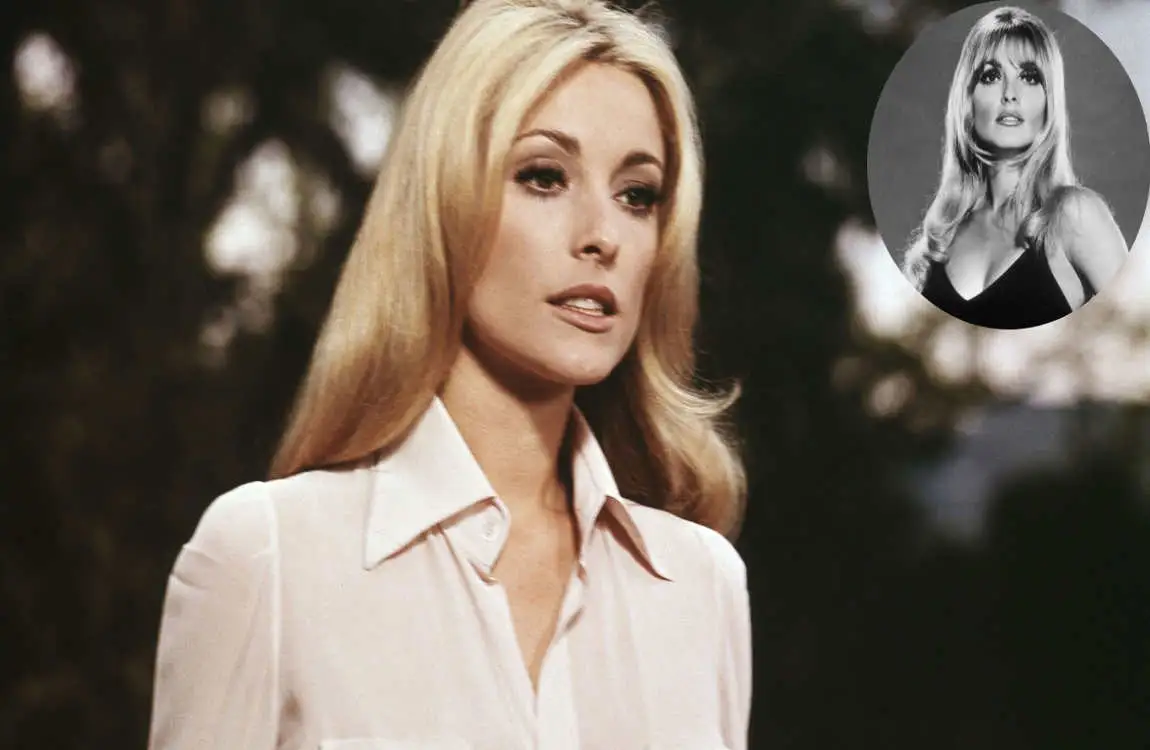
The house that Sharon Tate lived in wasn’t just any Beverly Hills mansion. Built in 1942, this French-inspired country home sat perched high in Benedict Canyon, offering breathtaking views of Los Angeles below. The property featured distinctive architectural elements that set it apart even among the area’s luxurious homes.
The house design boasted approximately 3,200 square feet of living space, with rustic charm that set it apart from the nearby, more modern constructions. Its secluded location at the end of a cul-de-sac provided privacy that celebrities cherished, making it an ideal retreat from the bustling city below.
The Tragedy That Changed Everything
On the night of August 8-9, 1969, the peaceful sanctuary became the scene of one of Hollywood’s most shocking crimes. Members of Charles Manson’s cult murdered Sharon Tate, who was eight and a half months pregnant, along with four others, at the residence. This horrific event sent shockwaves through the entertainment industry and beyond.
The tragedy transformed the property from a symbol of success into a dark landmark. Media coverage was intense and unrelenting, turning the address into one of the most infamous in American history. The house features became frozen in time for many people, forever associated with that terrible night.
Why the Fascination Continues
You might wonder why people remain interested in this property after so many years. The answer lies in the complex intersection of celebrity culture, genuine fascination with crime, and the human tendency to seek understanding in the face of senseless tragedy. The house represents a “what if” moment in Hollywood history—what if that night had never happened?
The property has become a cultural touchstone, referenced in countless books, documentaries, and films. Each new generation discovers the story, keeping the memory alive while also raising questions about privacy, respect, and the nature of public interest in tragic events.
Historical Ownership Timeline
The Early Years
Before Sharon Tate ever set foot in the house, it had already seen its share of Hollywood glamour. Michele Morgan, a French actress, initially commissioned the house in 1942. She lived there briefly before returning to France after World War II ended.
The property then passed through several hands, each owner adding their own touches to the estate. In the 1940s and 1950s, the house served as a quiet retreat for various entertainment industry professionals who valued its privacy and stunning location.
The Golden Era: Rudi Altobelli’s Ownership
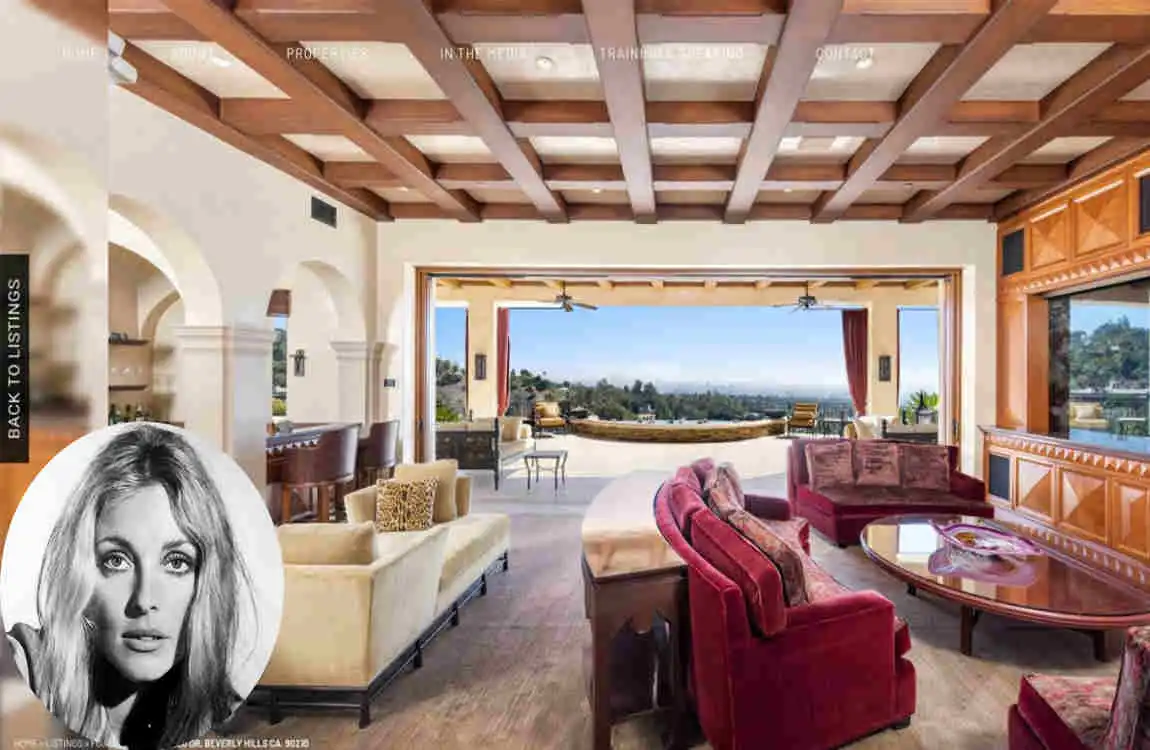
Rudi Altobelli, a Hollywood talent manager, purchased the property in the early 1960s. He became the most significant long-term owner of the original house, maintaining it as a rental property for celebrities and industry figures. Altobelli had a keen eye for tenants who would appreciate and care for the unique property.
Before the Polanskis moved in, the house had been home to several notable figures. Terry Melcher, the son of Doris Day and a successful record producer, lived there with actress Candice Bergen in the mid-1960s. Their residency added another layer of celebrity connection to the address.
Sharon and Roman’s Tenancy
Sharon Tate and Roman Polanski began renting the luxury house from Altobelli in February 1969. They signed a lease for $1,200 per month, which was a considerable sum at the time but reflected the property’s desirability and location. The couple immediately fell in love with the home’s charm and privacy.
They spent just six months in the house, during which time Sharon decorated it with her personal style, creating a warm and inviting atmosphere. Friends who visited during this period described it as a happy home, filled with laughter and creativity.
After the Tragedy: The Difficult Years
Following the murders, Rudi Altobelli faced an impossible situation. The property that had once been so desirable became nearly unrentable. He initially couldn’t bring himself to return to the house, staying away for several months as he decided what to do.
Eventually, Altobelli moved back into the property himself and lived there for nearly 20 years. He made this brave decision partly to reclaim the space from its tragic associations and partly because he genuinely loved the house. During his residence, he dealt with constant intrusions from curiosity seekers and had to Install extensive Security measures.
The 1990s Transition
In 1989, Altobelli finally sold the property for $1.6 million. The new owner initially tried to maintain the house decor, but the burden of its history proved overwhelming. Trespassers and ghost hunters constantly violated the property’s privacy, making everyday life nearly impossible.
By 1994, the decision was made that would forever change the physical presence of Sharon Tate’s former home. The original house was demolished entirely, erasing the physical structure but not the memories associated with the location.
Who Lives in Sharon Tate’s House Now?
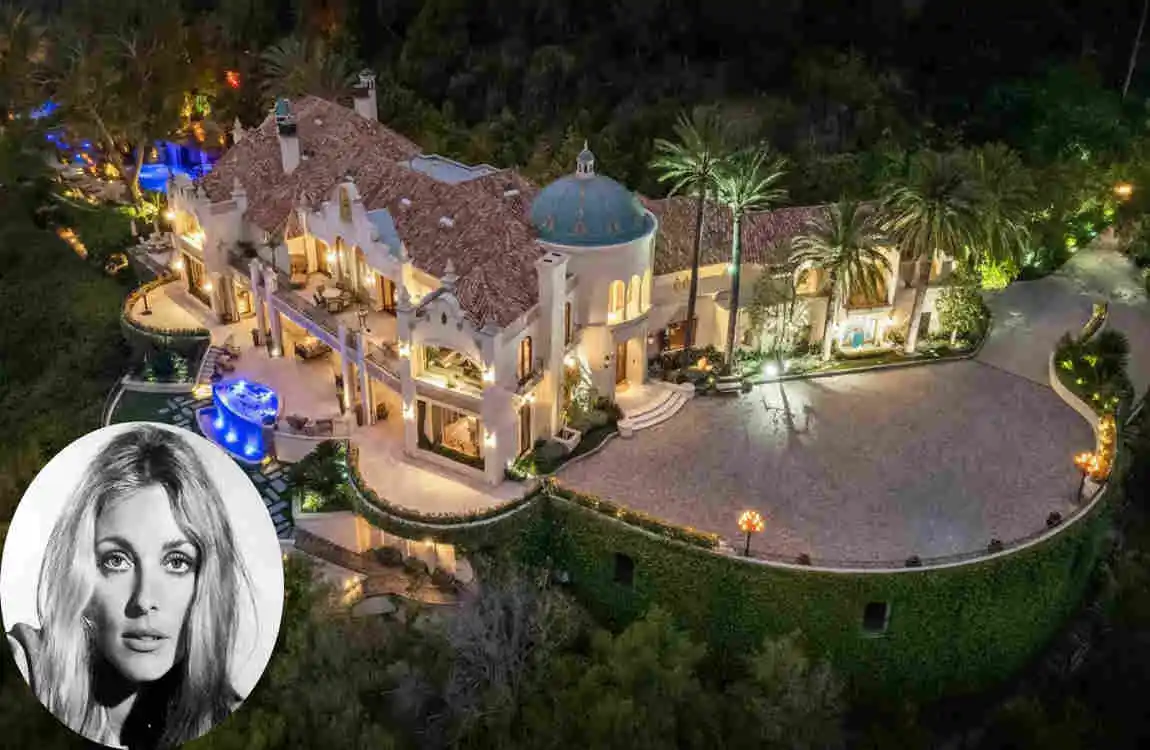
The Current Reality: A Complete Transformation
Here’s what might surprise you: the original house where Sharon Tate lived no longer exists. In 1994, the entire structure was demolished and replaced with a massive new mansion. This dramatic decision was made to finally break the physical connection to the tragic events of 1969.
The current property bears no resemblance to the modest French country-style home that once stood there. Jeff Franklin, the creator of the hit TV show “Full House,” became the owner of the newly built mansion in 2007. He purchased the property for approximately $6 million, drawn to its spectacular location rather than its history.
Jeff Franklin’s Ownership Era
Franklin owned the property for over a decade, during which time he made significant improvements and hosted numerous events. The new mansion, which he extensively renovated, spans approximately 21,000 square feet—nearly seven times the size of the original house. This modern architectural marvel features amenities that would have been unimaginable in 1969.
During Franklin’s ownership, the property became known for lavish parties and entertainment industry gatherings. He deliberately worked to create new, positive associations with the address, while remaining respectful of its history. Franklin often spoke about his responsibility as a steward of this historically significant location.
The Most Recent Chapter
Who lives in Sharon Tate’s house now? As of 2025, the property has changed hands once again. Franklin sold the mansion in 2020 for a reported $22 million to a private buyer whose identity has been kept relatively confidential. This discretion reflects a growing trend among buyers of historically significant properties who prefer to maintain their privacy.
The current owner is believed to be a private investor who uses the property as a personal residence. Unlike some previous owners, they have chosen to keep an extremely low profile, avoiding media attention and maintaining strict Security around the property.
How the Property Functions Today
The estate now operates as a completely private residence with no public access whatsoever. Enhanced Security measures ensure that the current residents can enjoy their home without the intrusions that plagued earlier owners. The property features:
- State-of-the-art Security systems
- Private Security personnel
- Restricted access roads
- Advanced surveillance technology
The address itself has even been changed from the infamous 10050 Cielo Drive to 10066 Cielo Drive, a deliberate attempt to distance the property from its past. This change has helped reduce the number of people who arrive looking for the original house guide.
The Neighborhood Today
Benedict Canyon remains one of Los Angeles’ most exclusive neighborhoods. The area surrounding what was once Sharon Tate’s house has undergone significant change, with many of the original properties replaced by modern mansions. Yet the winding roads and secluded atmosphere that attracted celebrities in the 1960s remain largely intact.
Neighbors report that the current situation is much calmer than in previous decades. The combination of the address change, the complete reconstruction, and the passage of time has significantly reduced unwanted attention. Most younger residents in the outdoor area aren’t even aware of the property’s history.
Modern Renovations and Features
The current mansion bears no architectural relationship to Sharon Tate’s former home. The modern structure includes:
Feature Description
Size : Approximately 21,000 square feet
Bedrooms : 9 luxurious suites
Bathrooms : 18 full bathrooms
Special Amenities : Theater, gym, spa, multiple pools
Garage Capacity : 16 vehicles
Guest House , a Separate 2,000 square foot structure
Land 3.3 acres of manicured grounds
These features represent a complete departure from the original house’s modest charm, reflecting modern luxury preferences rather than 1960s sensibilities.
Market Value and Real Estate Perspective
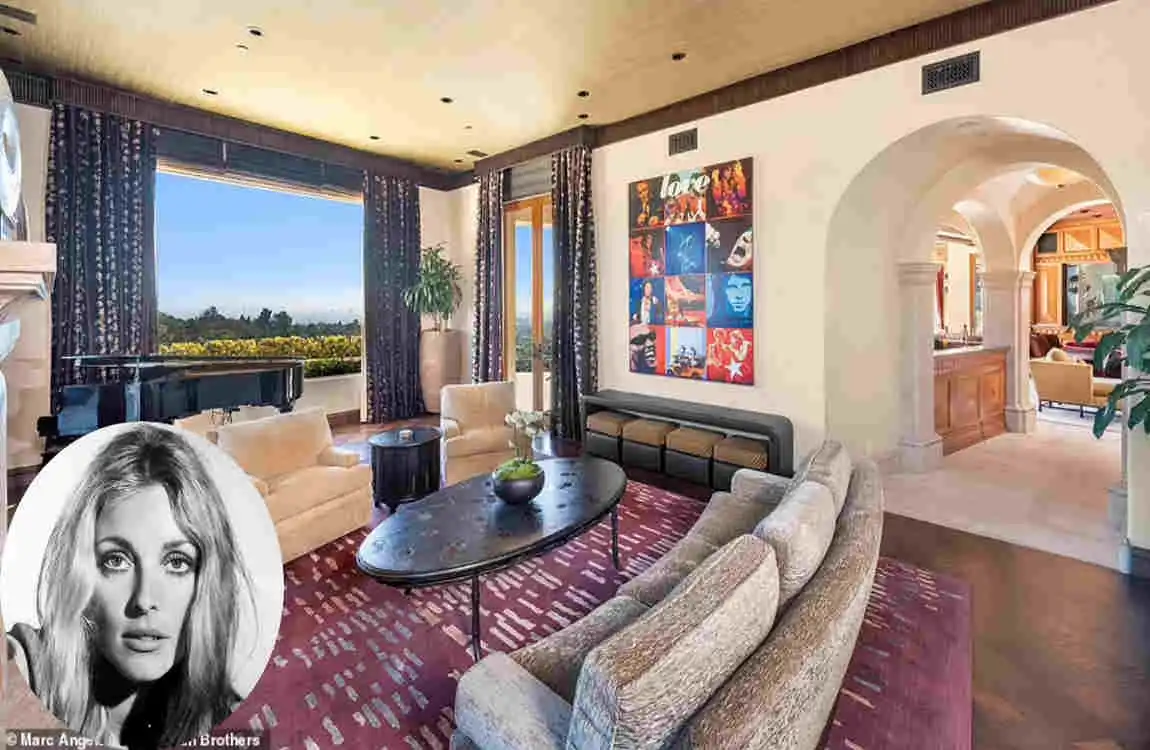
Current Market Valuation
The property’s value has skyrocketed over the decades, though determining its exact worth involves multiple factors beyond typical real estate metrics. Current estimates place the property’s value between $25 million $30 million, reflecting both its prime Benedict Canyon location and the extensive improvements made to the estate.
Real estate experts note that the property’s history creates a unique valuation challenge. While some buyers might be deterred by the past, others are drawn to owning a piece of Hollywood history, even if the original structure no longer exists.
Factors Influencing Property Value
Several elements contribute to the property’s substantial value. The Benedict Canyon location remains one of the most prestigious addresses in Los Angeles, with privacy and views that are increasingly rare even in luxury markets. The massive size of the new construction also adds significant value, as does the extensive land in an area where space is at a Premium.
The complete demolition and reconstruction actually increased the property’s appeal to specific buyers. By removing the physical structure associated with the tragedy, owners eliminated many of the challenges that would come with preserving the original house tips while still maintaining the valuable land and location.
Comparison with Neighboring Properties
When you look at comparable properties in Benedict Canyon, the estate falls within the expected range for luxury homes in the area. Similar properties without the historical significance typically sell for:
- $15-20 million for smaller estates (10,000-15,000 sq ft)
- $20-30 million for comparable-sized properties
- $30-50 million for the most exclusive estates with larger acreage
This comparison suggests that the property’s dark history hasn’t significantly affected its market value, either up or down, indicating the effectiveness of the complete reconstruction strategy.
Investment Perspective
From an investment standpoint, the house property has proven to be exceptionally valuable. Jeff Franklin’s purchase at $6 million in 2007 and sale at $22 million in 2020 represent an impressive return, even accounting for the substantial renovations he undertook. This appreciation demonstrates that the right approach to managing such a property can yield significant financial rewards.

